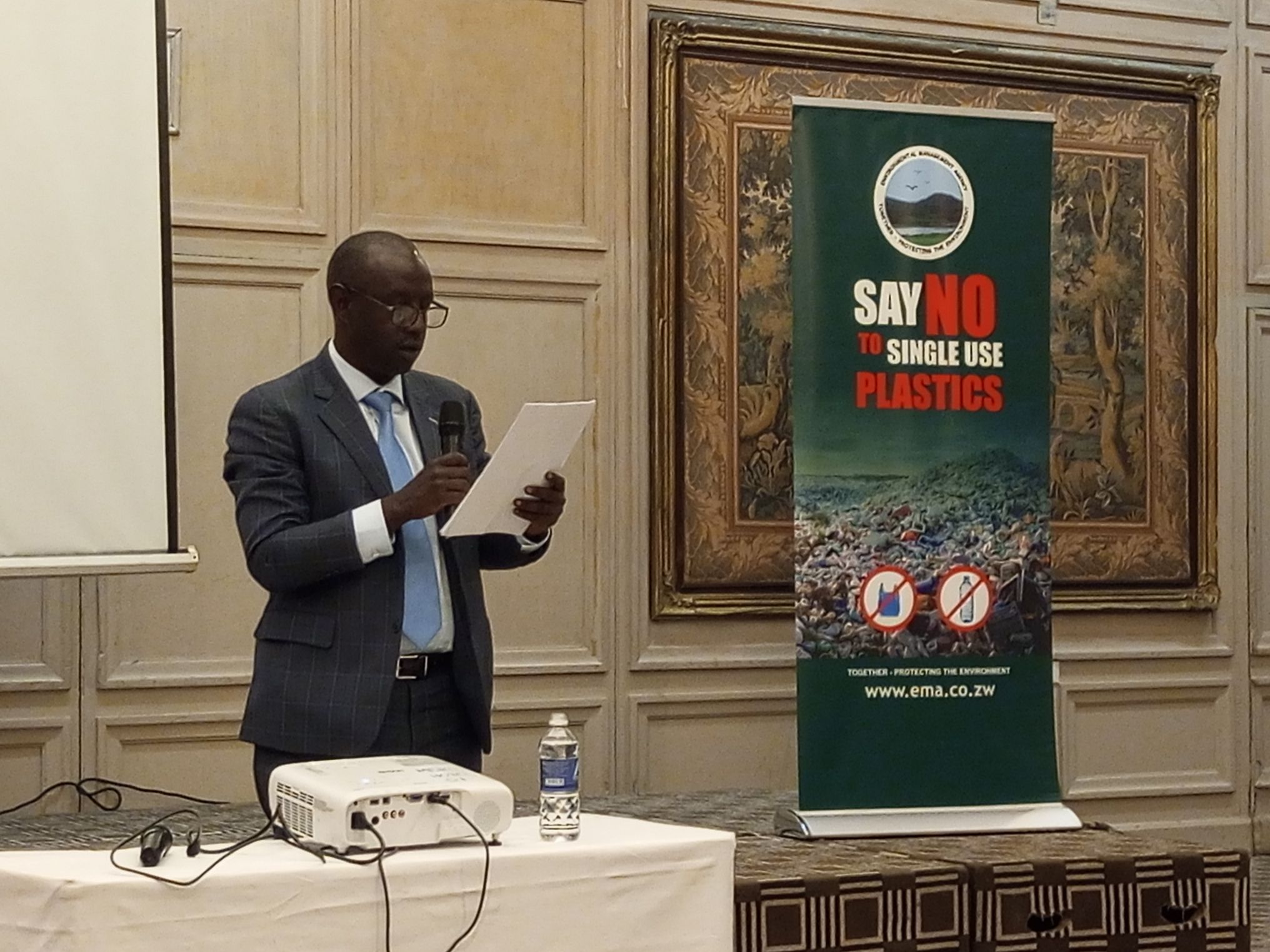|
Getting your Trinity Audio player ready…
|
By Hillary Munedzi
The Food and Agriculture Organization of the United Nations (FAO) has underscored the critical importance of mainstreaming biodiversity across agriculture sectors to achieve the Sustainable Development Goals (SDGs).
There were calls to place emphasis on SDG 2 on Zero Hunger, SDG 12 on responsible consumption and production, SDG 13 on climate change, and SDG 15 on terrestrial ecosystems, as well as the Aichi Biodiversity Targets, related to agriculture. FAO said it takes note of the important milestone to be achieved at the upcoming 15th CBD Conference of Parties (COP 15) meeting in Montreal, Canada.
In pursuit of achieving this, the African Caribbean and Pacific Multilateral Environment Agreement Phase 3 (ACP-MEAs 3) has established nine farmer field schools in Makoni, Mt Darwin, and Gokwe south which will promote the integration of biodiversity into agriculture, reduce the use of pesticides and improve rangeland management.
Speaking at a workshop at a Hotel in Zimbabwe’s capital Harare, Louis Muhigirwa, FAO Zimbabwe Deputy Representative, on behalf of Patrice Talla, FAO Subregional Coordinator for Southern Africa and FAO Representative to Zimbabwe, said there is the critical importance of mainstreaming biodiversity across agriculture sectors to achieve Sustainable Development Goals.
“The activities of farmer field schools reflect on the priorities identified by the Government of Zimbabwe, the FAO Country Programming Framework (CPF) and aligns well with the Agriculture Food system and Transformation Strategy, the National Development Strategy (NDS1) and the vision of an Upper Middle-Income economy by 2030,” said Mr. Muhigirwa.
The aim of the workshop was to bring together key sectors in the agriculture and environmental spectrum to formulate programs and activities that promote the conversation and sustainable use of biodiversity in food and agriculture.
Zimbabwe is well endowed with various flora and fauna species, soil, and agricultural biodiversity that are of immense conservation value and whose existence contributes significantly to the GDP, particularly through the wildlife and forestry-based tourist sectors.
Speaking at the same event, Angela Kabira, the Principal Natural Resources Officer from the Ministry of Environment said Zimbabwe boasts the iconic big five game in stable populations in protected areas such as the Hwange National Park hence there is a need to protect such areas.
“Zimbabwe is also party to the Nagoya Protocol on Access to Genetic Resources and the Fair and Equitable Sharing of Benefits arising from their Utilization. The Nagoya Protocol is a supplementary agreement to the Convention on Biological Diversity. It provides a transparent legal framework for the effective implementation of one of the three objectives of the CBD: the fair and equitable sharing of benefits arising out of the utilization of genetic resources.
“The Nagoya Protocol on ABS was adopted on 29 October 2010 in Nagoya, Japan, and entered into force on 12 October 2014. Its objective is the fair and equitable sharing of benefits arising from the utilization of genetic resources, thereby contributing to the conservation and sustainable use of biodiversity,” said Angela Kabira.
